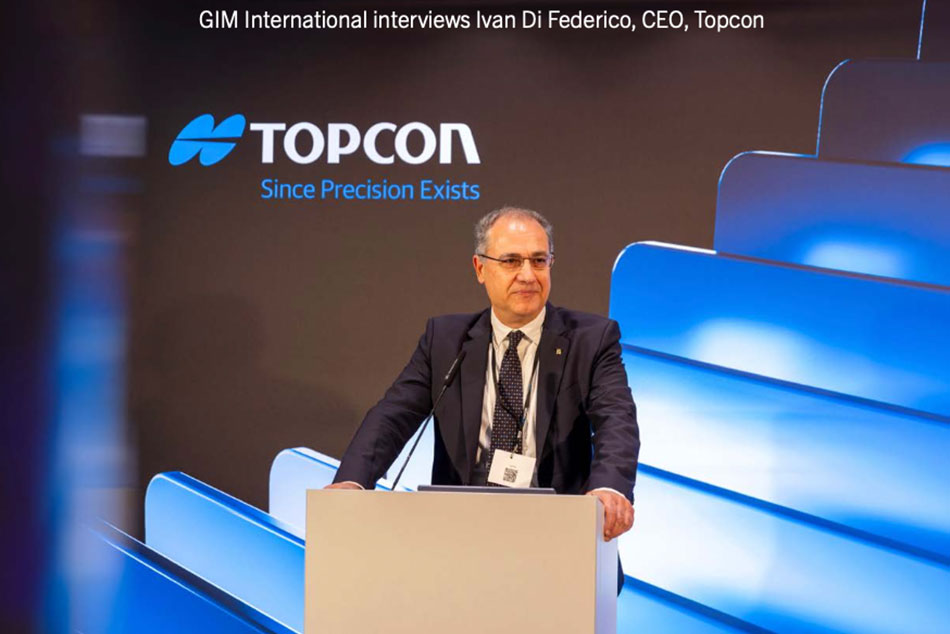Looking at Options
Much like its west coast counterparts to the south — Seattle, San Francisco and Los Angeles — Vancouver and the larger British Columbia area are seeing record-setting growth and seemingly non-stop development. That influx of new residents, businesses and visitors has resulted in a dramatic upsurge of traffic into and out of YVR. In fact, estimates indicate that the airport — already well ahead of its target of reaching 25 million passengers by 2020 — will reach 31 million passengers per year by 2022. To better cope with that volume, changes are taking place in almost every segment of airport operations. According to Mike Darby, LaFarge’s involvement began several years ago.
“At that time — it was early 2017 — we had landed a contract to do some milling for an overlay project on the south runway at YVR,” he said. “It was a three-month, 40,000 ton job and we felt it could be the perfect job for Millimeter GPS. Fortunately for us, 2017 was a ConExpo year and we had plans to attend. Working with Mark Piotto and his team at the BC branch of Brandt Positioning Group, we all headed down to Vegas.”
While there, Darby said they looked at two solutions — one from Topcon and one from a manufacturer on whose systems he had a lot of previous experience— so it afforded them a great opportunity to compare the two. The comparisons revealed some striking differences which made Darby’s decision much easier.
Zoning Out
In order to get tight vertical accuracies, the Topcon Millimeter GPS solution uses a base station and a series of lasers which create a laser zone accessed by receivers on the machine. By comparison, the other system they were considering uses a robotic total station for each machine. Because the YVR South Runway Project was calling for two mills and two pavers — with machine control on all four pieces — that would have meant four different robots.
“And, because of the distance we were paving every day, we could conceivably have needed twice that number,” said Darby. “At $60,000-$80,000 per robot, that’s a huge investment.”
He added that, based on his experience with those robots, loss of signal when something comes between the robot and the machine — any of the 50+ vehicles they’d have on site, for example — would be an issue.
“If a dump truck blocks that robot, I lose the control on the machine,” he said. “Then, once he moves, the robot begins searching for that machine to re-connect. The production goals I had for that project — having milling done and the runway open in the morning — told me that solution would simply not work. We went with the Millimeter GPS from Topcon and, despite it being our first experience with that particular solution, we were very pleased with the results — pleased enough, in fact, to choose it for this project.”
Making a Stand
The project on which LaFarge brought the Millimeter-grade solution to bear was a paving effort to create a remote stand operation (RSO), a gateless area at which aircraft — in this case aircraft heading to and from the U.S. — would park upon landing. Passengers then deplane directly onto the tarmac and board buses which take them to the terminal to clear customs, immigration, etc.
“This approach is widely in use at other airports — particularly many in Europe,” said Darby. “The area on which we were paving was once a standard parking lot, but, as part of the YVR redesign, is being re-purposed as an RSO for ten aircraft.”
Because the specs for a structure capable of supporting nearly a dozen aircraft differ greatly from that of a standard parking lot, the general contractor, Jacob Bros., rebuilt the area from the gravel up using equipment with GNSS-based machine control. According to Nick Leuzinger, LaFarge’s general superintendent, the build-up was substantial — as much as a meter in spots.
“Jacob Bros. used a high-speed John Deere 764 HSD dozer with GPS machine control for most of the subgrade work,” he said. “All told, they put down 600 mm of sand sub-base, 250 mm of crushed granular base, 175 mm of soil cement, and we are capping it all with 150 mm of asphalt. Most of our paving has been done in three 50 mm lifts, but the perimeter of the RSO, which will not be supporting aircraft, is only 100 mm of asphalt done in two lifts.”

















